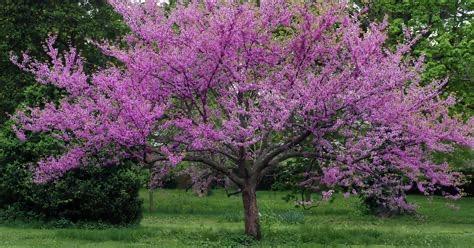Q. Attached is a picture of a redbud tree. Since we are from back east, we weren’t sure how far west it “grew” (turns out its territory is east and Midwest). We would like to consider a flowering tree like this in our front yard. Any suggestions?

A. What you are seeing is probably an Eastern redbud (Cercis canadensis). It is native to the US and Canada and is a bigger tree (to 30 feet) than desert redbud varieties (15 to 25 feet). All redbuds do well in canyons and as an “understory tree” (grows in the shade of other trees). Very cold tolerant.
That’s what the local nurseries will carry unless they grow a different redbud themselves. Eastern redbud has carved a niche and so most growers will sell that tree as their own “redbud” selection.
You are better off paying a little extra (or getting a smaller plant and letting it grow). Either Mexican redbud (C. canadensis var. Mexican) or Judas tree (C. siliquastrum) will still need an extra irrigation in the summer even though they are both native to the desert southwest (xeric). Water this tree less often but just as deep. Watering less often and its size are where water savings occur.